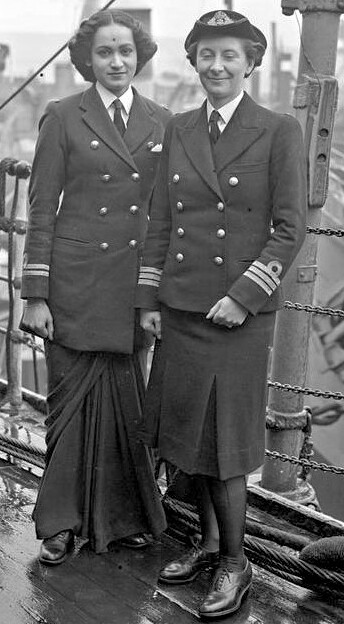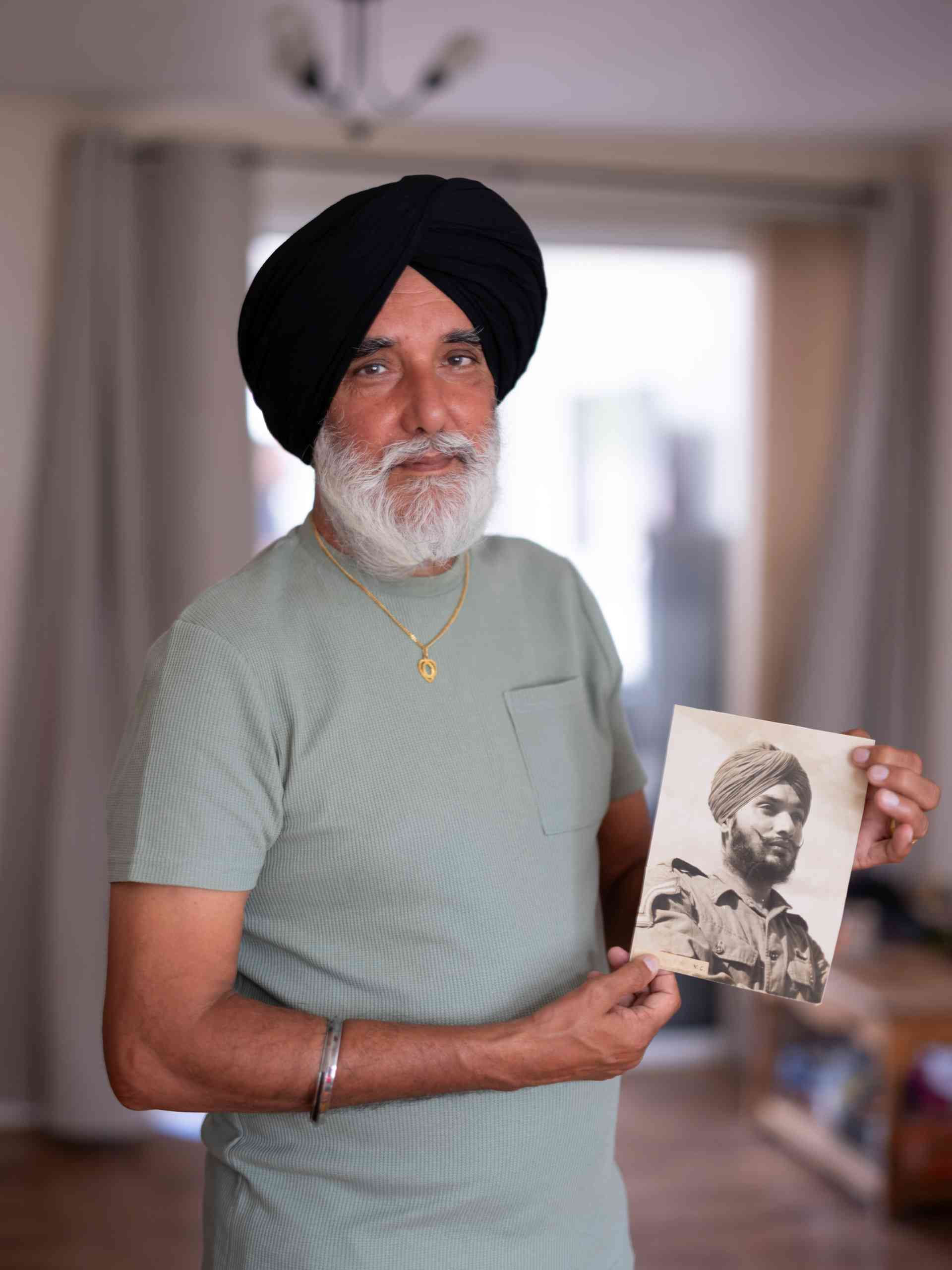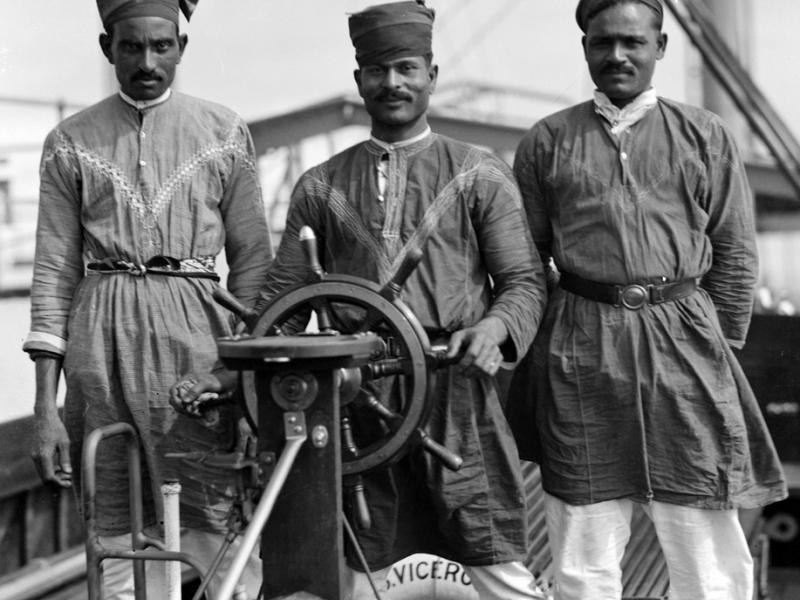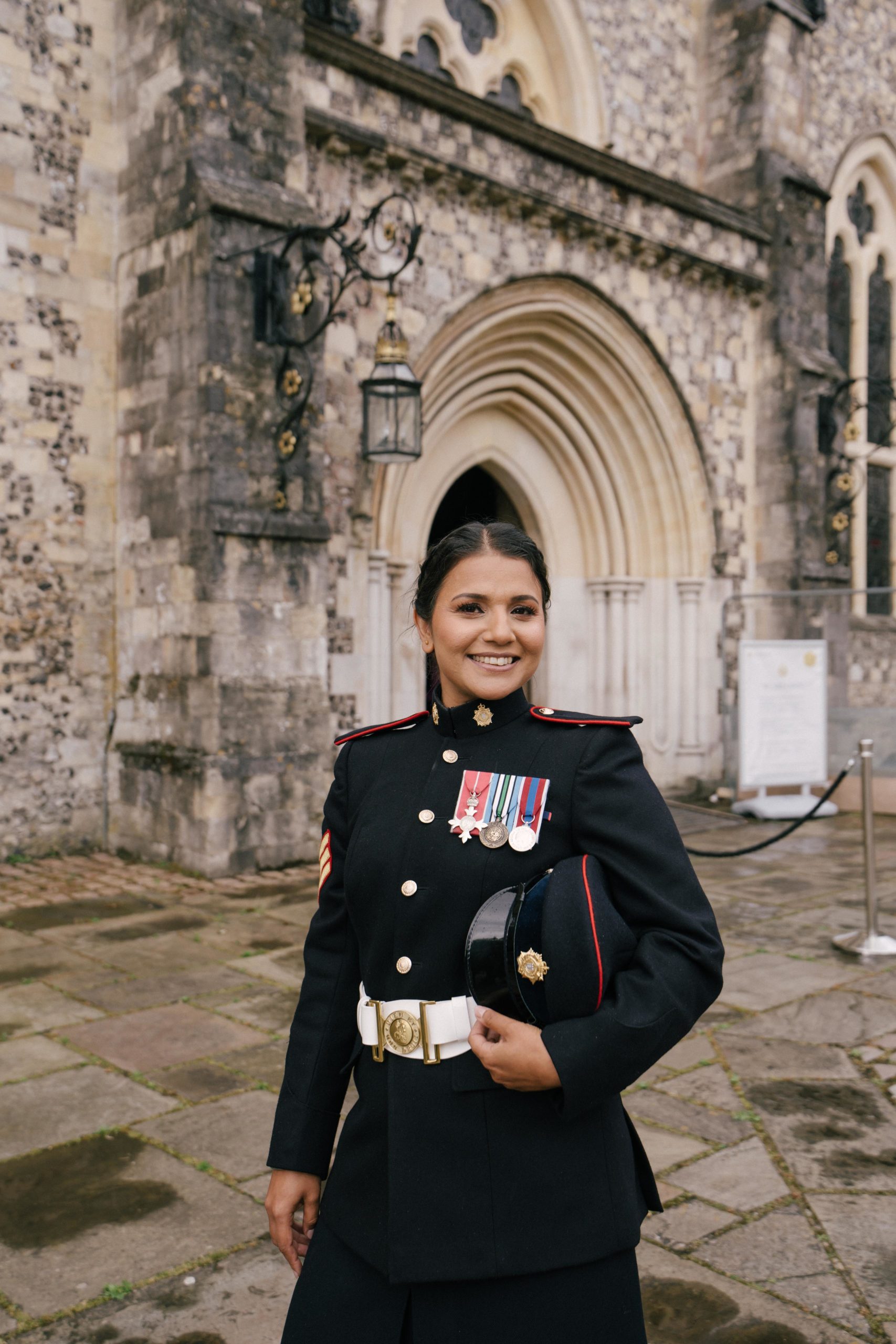Her contributions not only highlight her personal courage and dedication but also mark a significant chapter in the broader narrative of women’s participation in the Indian armed forces.
The Women’s Royal Indian Naval Service (WRINS) was established during the Second World War as part of a broader initiative to involve women in the war effort. WRINS was officially formed in 1942, modelled after the Women’s Royal Naval Service (WRNS) of the United Kingdom. The primary aim was to free up men for frontline duties by employing women in various non-combatant roles, including clerical work, communications, intelligence, and other support services crucial to naval operations.
By the end of the war, the WRINS had enrolled over 1,000 women, and approximately 75% of the personnel were Indian.
Kalyani Sen joined WRINS in 1943, becoming one of the first Indian women to serve in this newly established branch. She quickly rose to the rank of Second Officer, reflecting her competence and leadership qualities.
During her service, Sen was primarily involved in administrative and communication duties. Her role included managing Naval Communications ensuring that messages were accurately transmitted and received, training and supervising staff, administrative duties including record-keeping and logistical support. Although specific details are scarce, it is known that WRINS personnel, including Sen, were sometimes involved in intelligence work. This could have included decoding and encrypting messages, gathering and analysing information, and other tasks critical to naval intelligence.
One of the notable highlights of Sen’s service was her visit to Britain. In 1945 Sen was selected as part of a delegation of Indian servicewomen. This visit recognised the vital contributions made by Indian women in the war effort, and provided an opportunity for cultural exchange and understanding between Indian and British service personnel. It allowed Sen and her colleagues to share their experiences and learn about the workings of the WRNS and other branches of the British armed forces. Additionally, the delegation’s visit helped strengthen the ties between the Indian and British navies, showcasing their collaborative efforts during the war and highlighting the role of women in fostering these international relationships.
During her time in Britain, Sen visited various naval establishments, met with high-ranking officials, and participated in ceremonies and events that celebrated the contributions of women to the war effort.
After the end of the War and the subsequent disbandment of WRINS in 1947, Kalyani Sen transitioned into civilian life. She married and had a daughter, Mala Sen, who was a writer and human rights activist. Mala founded the Bengali Housing Action Group, which helped Brick Lane become a safe living area for the Bangladeshi community in East London she also authored the book India’s Bandit Queen.
Kalyani Sen’s legacy is particularly significant in the context of post-independence India. As a pioneer for women in the military, she paved the way for greater acceptance and integration of women in the Indian armed forces. Her story is a testament to the crucial roles women can play in both military and civilian spheres.
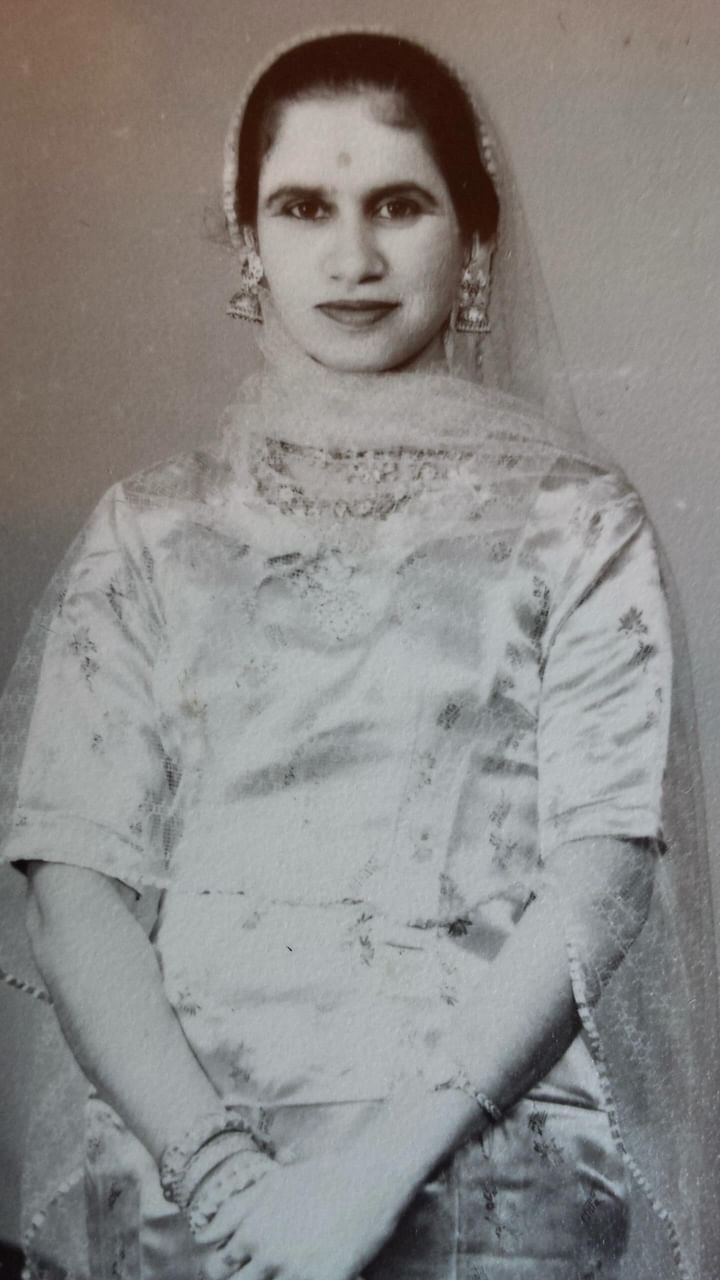
 South Asian Heritage Month dates changed to "July" from 2026 — Learn more here →
South Asian Heritage Month dates changed to "July" from 2026 — Learn more here →

